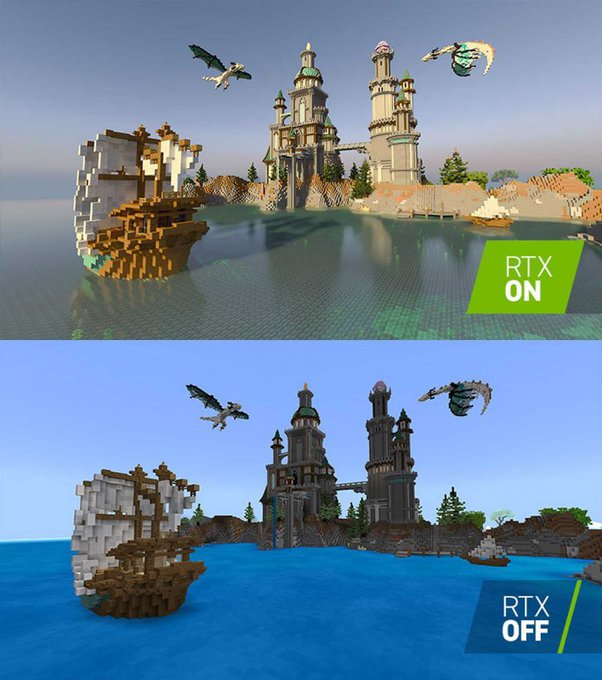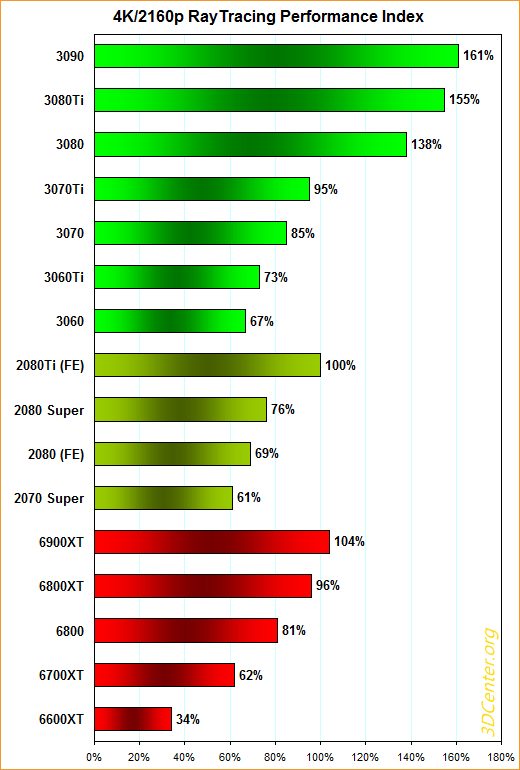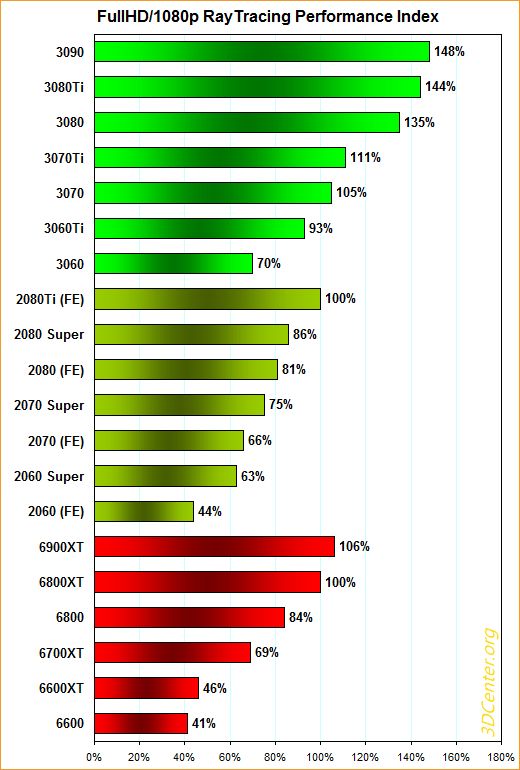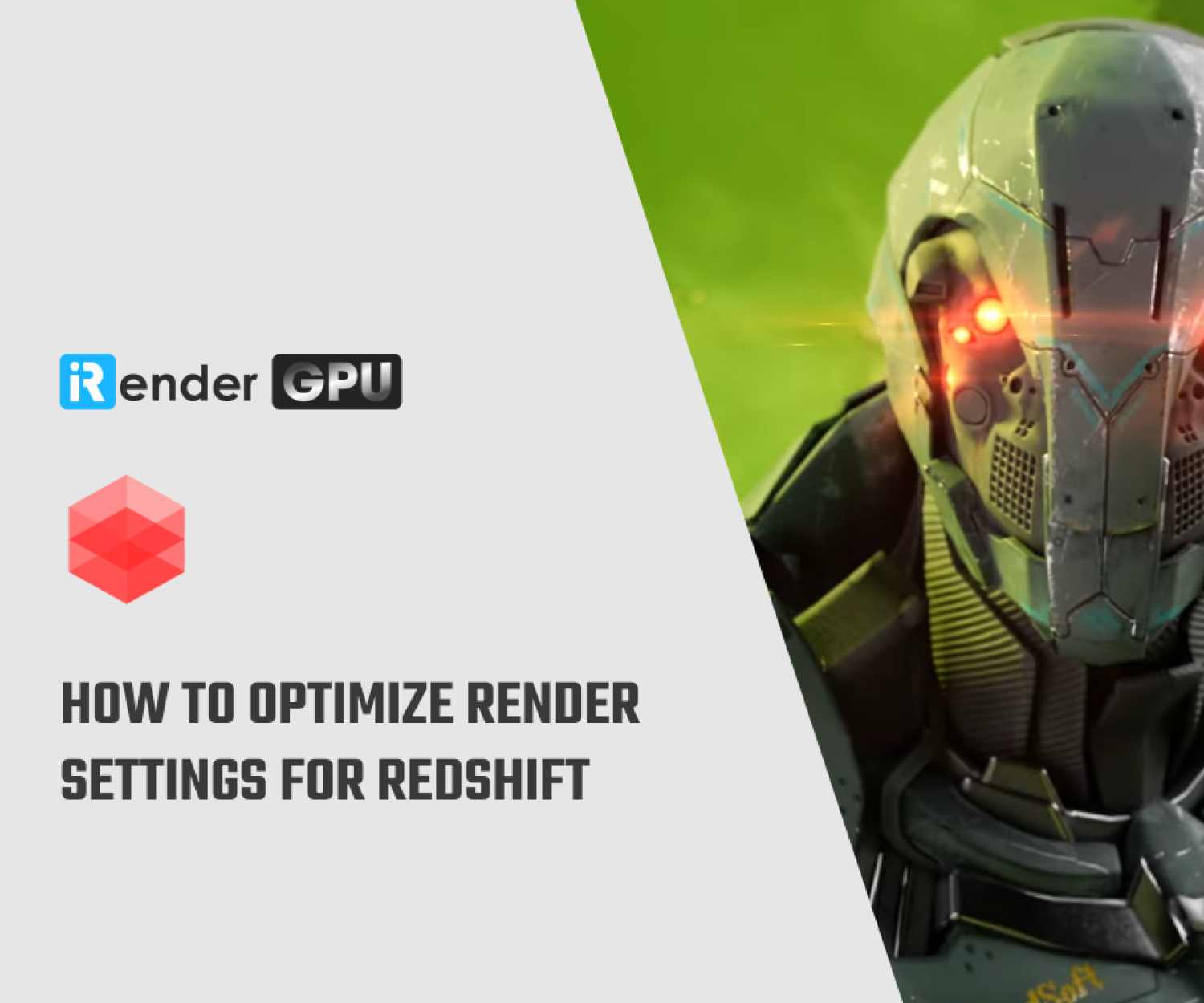Does ray tracing affect your render speed?
In the 3D world, slowly people tend to make it as realistic as possible. They can apply many techniques and tricks, but there’s one technology helping you a lot called ray tracing. However, it’s known to be very computing intensive. In this article, let’s explore more about it, and answer the question “Does ray tracing affect your render speed?”
What is ray tracing?
Ray tracing is the method which simulates how light sources react in real life. It traces the path of light to the objects, realistically simulating how light bounces back to create accurate reflections, refractions, shadows and indirect lighting.
One of the terms we often encounter with ray tracing is path tracing. Are they the same? Or are they different technologies? Actually, it’s complicated to explain in detail, and it’s not the focus of this topic, so let’s understand path tracing is an evolution of ray tracing.
Which software is based on ray tracing?
Many. To achieve better graphics results, or photorealistic image, many render engines are ray tracing. To name some of the most popular ones could be Arnold, Redshift, Octane, V-Ray, Blender Cycles, Twinmotion, Unreal Engine, etc.
Does ray tracing affect your render speed?
Yes, it does.
Because ray tracing is extremely computing intensive. When you have ray tracing (RTX) on, you have better lighting, reflections, etc. The GPU now has to work harder to calculate them, and it will affect your render speed. Let’s see how RTX off and on affect your image quality:
This is just one example from a game that uses ray tracing. We can see that when RTX is on, there is more hue on the sky, the reflection of the castle on the water is obvious, we see more shadowing, objects have light and dark parts where lighting can or cannot reach it. Because it’s still a game, it’s not that realistic like what you see in the real world, but it’s definitely more eye-catching than the picture below where RTX is off.
When RTX is off, you cannot see the changing in color, no shadow, no reflection. This is like it comes from a very old 90s game.
It’s the same in 3D rendering. When you have ray tracing on, the set of rays will run in parallel and land to each of the pixels of the object. If you have more objects, the more light reflections, absorption, scattering, translucency your GPU has to compute.
For example, your scene has two objects. One ray reaches one object and reflects to the other object. The ray light now will continue to reflect, and your GPU will need to compute the direction of the light ray, the intersection with the other object, and sum the light values from all the directions.
In this example, we only have 2 objects and 1 ray light to simplify it. Of course in real life you have many rays and many objects, with many materials which could affect how the rays reflect or refract. A mirror or glass in an interior scene will have different reflection or refraction when compared to water or rain drop in an exterior scene.
Now the raycast could reach millions, and each ray requires many material pipeline switching and many texture fetches. That’s how ray tracing is computational intensive, and will affect your render speed.
Which GPUs support ray tracing?
To answer the question, any GPUs support ray tracing. However, only some of them are optimized for ray tracing.
Any GPU which is not labeled as RTX by Nvidia, or AMD cards for MacOS is able to support ray tracing. However, they don’t have a special core to achieve ray tracing, they have to use normal shading units. This leads to the fact that AMD cards are lagging behind in the competition of ray tracing.
Nvidia is the first company who brought ray tracing to consumer graphics cards, with the introduction of the RTX2000 series. Now, they have upgraded to RTX4000 series, with the new architecture and special core to achieve ray tracing, which is RT cores. AMD cards are not good at upscaling, while Nvidia cards have DLSS (Deep Learning Super Sampling) technology to create entirely new frames and display higher resolution through image reconstruction using AI. Let’s see the performance of ray tracing between Nvidia cards and AMD cards.
Source: quora.com
If you use path tracing, for example the Twinmotion path tracer, MacOS with AMD cards cannot support it. While Nvidia cards are on the third generation of tensor cores (for creation of 4k graphics or videos), and second generation of RT cores for ray tracing, AMD cards are still in the first generation of ray accelerators. No wonder why many come to iRender and explain that they need to rent a server to run ray tracing or path tracing, because their Mac cannot do that.
At iRender, we provide remote servers with the best hardware for 3D creation and technology. Our GPUs are RTX4090 and RTX3090, promised to achieve the best performance for ray tracing or path tracing software.
Let’s see some of our tests for Twinmotion, Unreal Engine, Redshift, Octane and V-Ray:
Our service enables you to install any software, plug-ins, add-ons you like. You will add your own license and then render on our remote servers by yourself. This is not only convenient as it acts as your second computer, but also helps you to control how your rendering turns out.
Register an account today to experience our service. Or contact us via WhatsApp: (+84) 916806116 for advice and support.
Thank you & Happy Rendering!
Source: quora.com, nvidia.com, tomshardware.com
Related Posts
The latest creative news from Redshift Cloud Rendering, Octane Cloud Rendering, V-Ray Cloud Rendering













